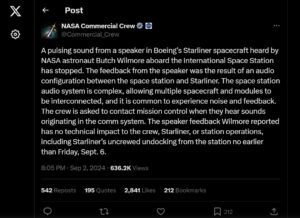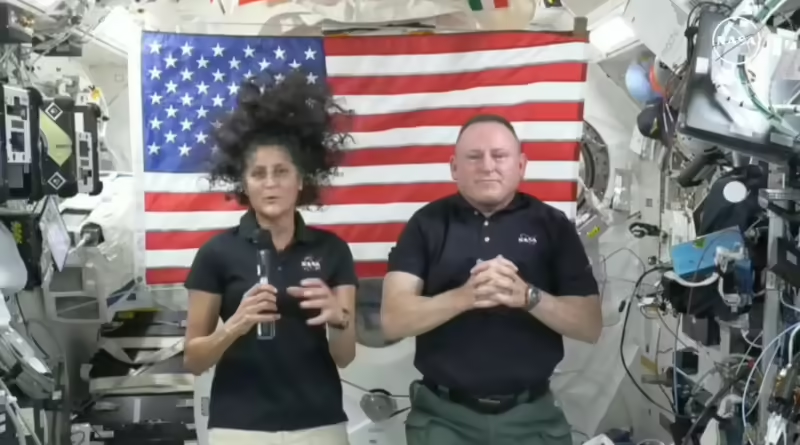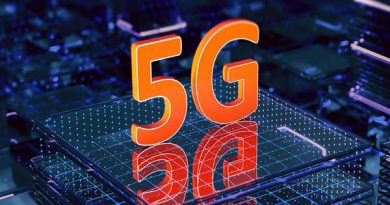NASA Explains ‘Strange Noises’ in Sunita Williams’ Starliner Spacecraft
NASA has since clarified that the “strange noises” were caused by an audio configuration issue between the space station and the Starliner spacecraft.
NASA has responded to reports claiming “strange noises” being heard by astronauts Sunita Williams and Barry Wilmore aboard the International Space Station (ISS). The issue was first noted when Mr Wilmore reported hearing pulsating sounds through the speakers of Boeing’s Starliner spacecraft.
The spacecraft is currently docked at the ISS and scheduled to return on September 7. NASA has since clarified that the sounds were the result of an audio configuration issue between the space station and Starliner.
In a statement, NASA explained that the ISS audio system is a complex network designed to interconnect multiple spacecraft and modules, making occasional noise and feedback not uncommon. The agency reassured that the feedback reported had no technical impact on the crew, the Starliner spacecraft, or station operations.
“A pulsing sound from a speaker in Boeing’s Starliner spacecraft heard by NASA astronaut Butch Wilmore aboard the International Space Station has stopped. The feedback from the speaker was the result of an audio configuration between the space station and Starliner. The space station audio system is complex, allowing multiple spacecraft and modules to be interconnected, and it is common to experience noise and feedback,” NASA said in a statement.

“The crew is asked to contact mission control when they hear sounds originating in the comm system. The speaker feedback Wilmore reported has no technical impact to the crew, Starliner, or station operations, including Starliner’s uncrewed undocking from the station no earlier than Friday, September 6,” the statement read.
Following its undocking, the Starliner will perform an autonomous landing at White Sands Space Harbor in New Mexico, approximately six hours after departure. Astronauts Wilmore and Williams, who arrived at the ISS on June 5 as part of Boeing’s Crew Flight Test mission, will return to Earth in a SpaceX Dragon capsule in February 2025.



